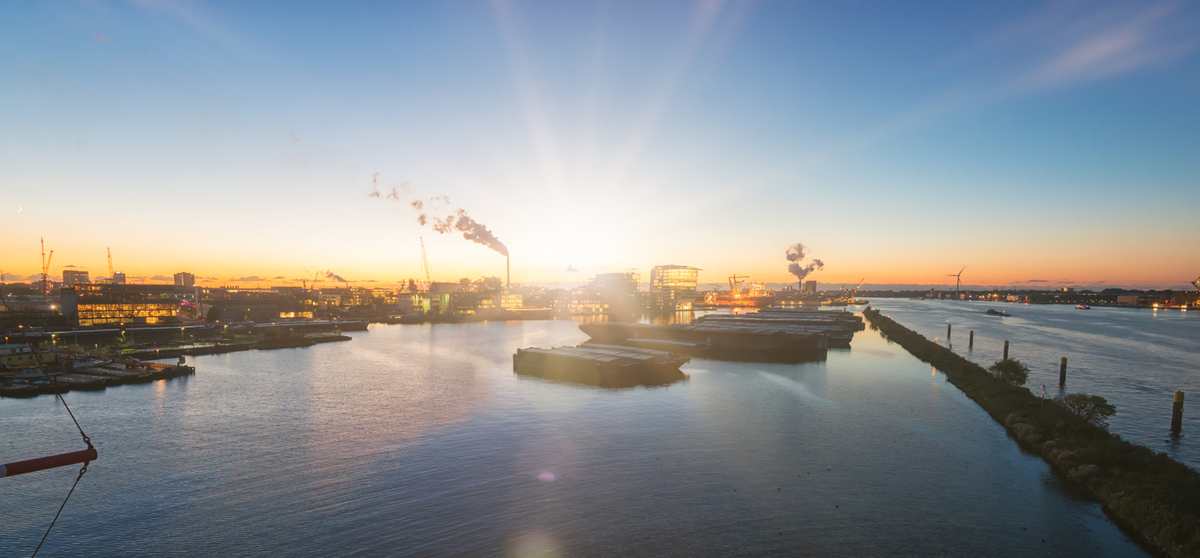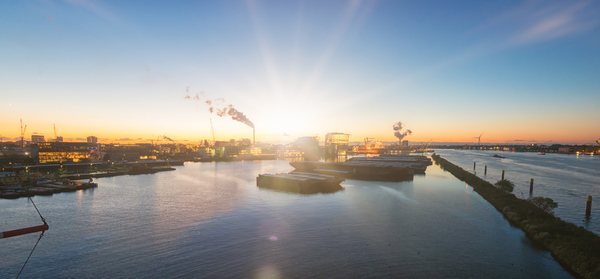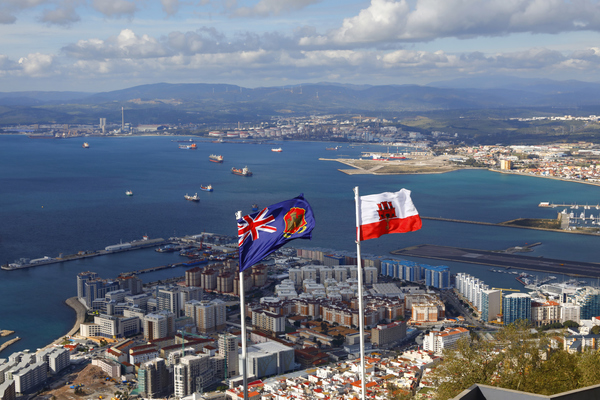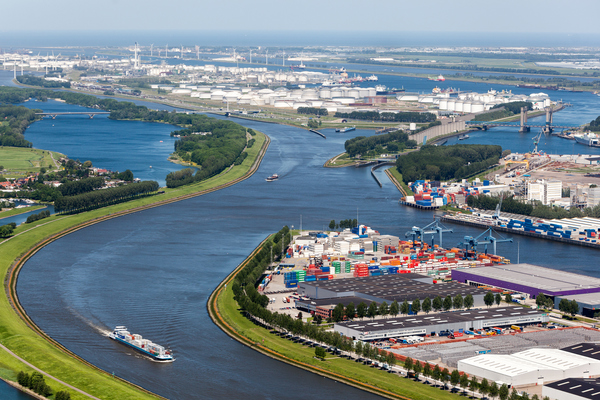Maritime industry faces EU and IMO regulation overlap – LR
Vessels calling at EU ports from 2028 could face dual regulations, having to comply with both the existing FuelEU rules and the upcoming International Maritime Organization’s Net Zero Framework (IMONZF), class society Lloyd’s Register (LR) says in a report.
 IMAGE: View of the Port of Amsterdam, Getty Images
IMAGE: View of the Port of Amsterdam, Getty Images
IMONZF is expected to be formally adopted in October this year and make it more expensive for vessels to run on high-emission fuels from 2028. The draft regulation, which was approved at the Marine Environment Protection Committee’s (MEPC) 83rd meeting in April, proposes measures to cut down on greenhouse gas (GHG) emissions from international shipping.
These measures will apply to any large ocean-going vessel over 5000 gross tonnes, which emit 85% of all CO2 emissions from international shipping.
However, LR's report says that FuelEU has a mechanism to avoid this overlap by favouring a harmonisation with the IMO’s regulatory regime.
If IMONZF is adopted, the European Commission will conduct a review and present a report to the European Parliament and to the European Council.
LR points out that the two regulations might have similar overarching goals, but that FuelEU is more detailed than IMONZF, with default GHG emissions factors of different fuels, onshore power supply requirements, incentives for renewable fuels of non-biological origin and a more fixed timetable for emissions reductions going to 2050.
If the IMONZF guidance and methodologies diverge too much from FuelEU then it would be difficult to remove the latter, it says.
LR notes that if FuelEU and IMONZF do have to coexist, then it may be possible to pay the costs associated with the regulations only once, even if it is not possible to avoid reporting their emissions to both the systems.
By Nachiket Tekawade
Please get in touch with comments or additional info to news@engine.online

Contact our Experts
With 50+ traders in 12 offices around the world, our team is available 24/7 to support you in your energy procurement needs.




